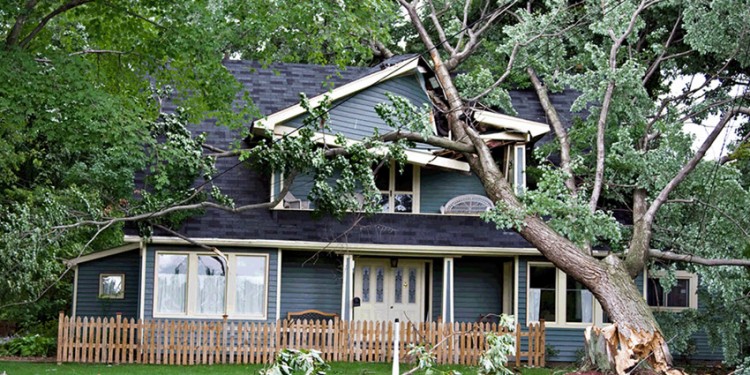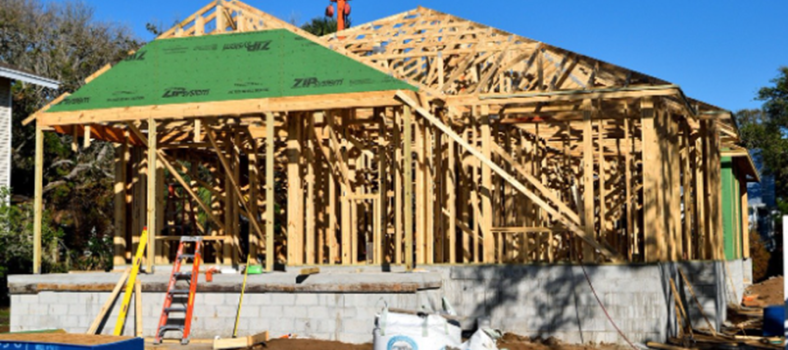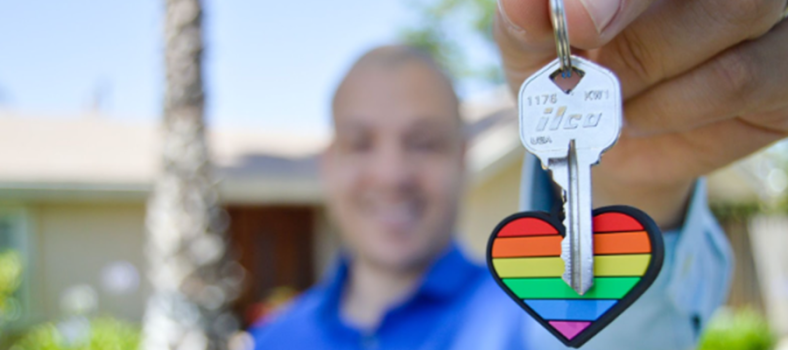7 simple ways to protect your home from severe weather conditions
While Australia might not experience the huge amount of insane weather as seen in other places like the United States with their twisters and snowstorms, we do still get thunderstorms and land gales – plus other hazards like strong winds. When your home is exposed to something like a thunderstorm, it’s being battered by a range of weather conditions like flash flooding, tornadoes, hail, lightning and other problems – and these things can cause severe damage to your property. So how do you protect your home from these kinds of severe weather conditions? Take a look at these seven simple ways.
Check your roof is in good condition
Your roof is the number one protector for inclement weather, and when a storm strikes, you really want to know that it’s going to hold. Checking your roof includes inspecting your gutters, your downpipes and your tiles or sheeting. If you’re worried about your gutters and think they’re not up to the task of directing water away from your home, then give Guttercraft, Melbourne’s guttering specialists a call and get them out to perform an assessment of your property. If there’s something not right with your roof, you need to get it fixed up before a storm hits – because if you notice something’s wrong as the water is pouring against your house, it might be a bit too late.
Check any boats or trailers are securely moored or tied down
If you live near the water or have a trailer in your yard, you need to make sure that these items are secure in the event of a storm. The last thing you want is your boat breaking its mooring and floating away, or your trailer flipping over and smashing into your car or house. Not a great start to any storm.
Check your home insurance is adequate and up to date
Part of protecting your home is ensuring that you’re insured to the amount that you need to be. Some areas are more prone to bushfires and if this is you, you need to make sure that fire cover is included in your policy. Whatever you think you need to be covered by – you should be – and you should ensure your policy is up to date.
Secure loose garden furniture and large toys
You don’t want to be inside watching the storm unfold and to have it be like in The Wizard of Oz where Dorothy is standing on the inside of her house watching everything floating around outside. If you have yard furniture, make sure it’s safely stowed away in the shed, along with any large toys or potential projectiles.
Secure all external doors, windows and blinds
Patio doors, awnings, blinds and anything else that could potentially start flapping around when a strong wind hits must be secured. If you have to nail doors down – so be it – you can always fix them up once the storm is over. It’s far more important to batten down the hatches, so to speak, than to worry about the aesthetics of your home.
Fit your home with surge protectors
If lightning strikes your home, it’s best if you have surge protectors in your home. It can fry your electrical devices and can cause problems for your home – so if you’re in a high electrical storm risk area, it’s a possibility that you should get surge protectors installed.
Have an emergency plan in your family and ensure that everyone knows how to use it
When a large storm comes and you have to take shelter somewhere to stay safe, it’s terrible if everyone in the family starts to panic. A way to avoid panic is to train your family in the best course of action in the event of a catastrophic storm.






No Comment